Most people live in an urban environment. It may be a metropolis or a small town, but it provides the same things: human interaction and human-made structures. Picking up a camera and photographing urban landscapes around you is a logistic-free photo set up with a broad variety of subject matters. However, it’s not as easy as it sounds. So here is everything you need to know to photograph urban landscapes as an expert.
What Is Urban Landscape Photography?
Urban landscape photography is a photographic genre that combines street photography, architecture photography, landscape photography, and documentary photography, aiming to capture everything related to urban life.
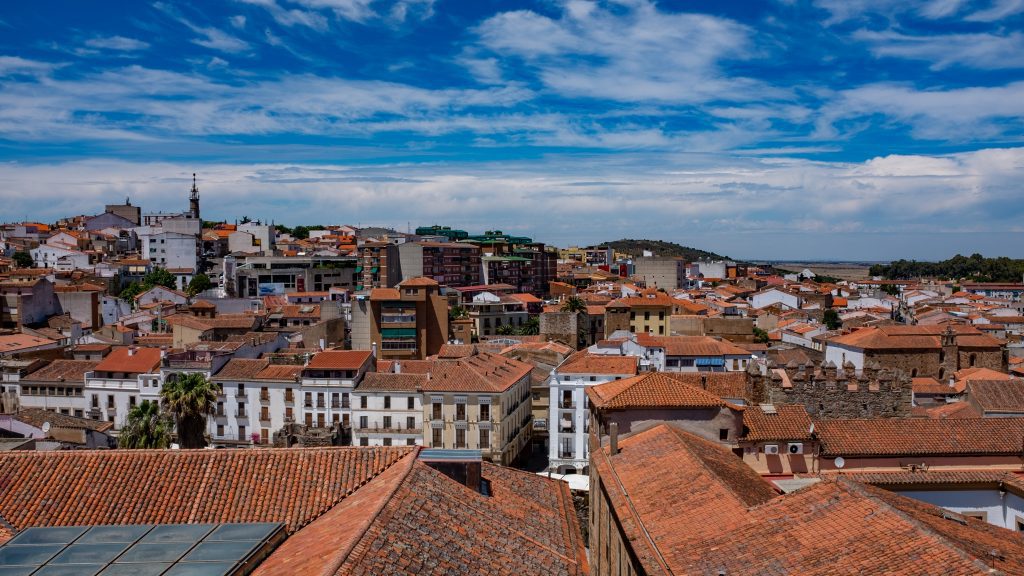
Photo by Gunnar Ridderström on Unsplash
It combines descriptive, aesthetic shots (e.g., cityscapes, architectural details, etc.) and vivid, storytelling images (e.g., street snapshots, portraits, etc.). Urban landscape photography can be static or dynamic, in black and white or in colors, focusing on structures or living beings. However, the focal point is always the essence of an inhabited place.
Subject Matters for Urban Landscape Photography
The obvious subject matters when photographing urban landscapes are people and buildings. Cityscapes are the go-to subject for most photographers who embrace this genre. Nevertheless, there are so many other subjects that may (and should) capture your attention.
For example, streets are the décor for human and animal dramas. You may focus on contrasts, injustices, and issues that need documenting. You may also focus on details like neon signs, inscriptions, surface textures, and patterns.
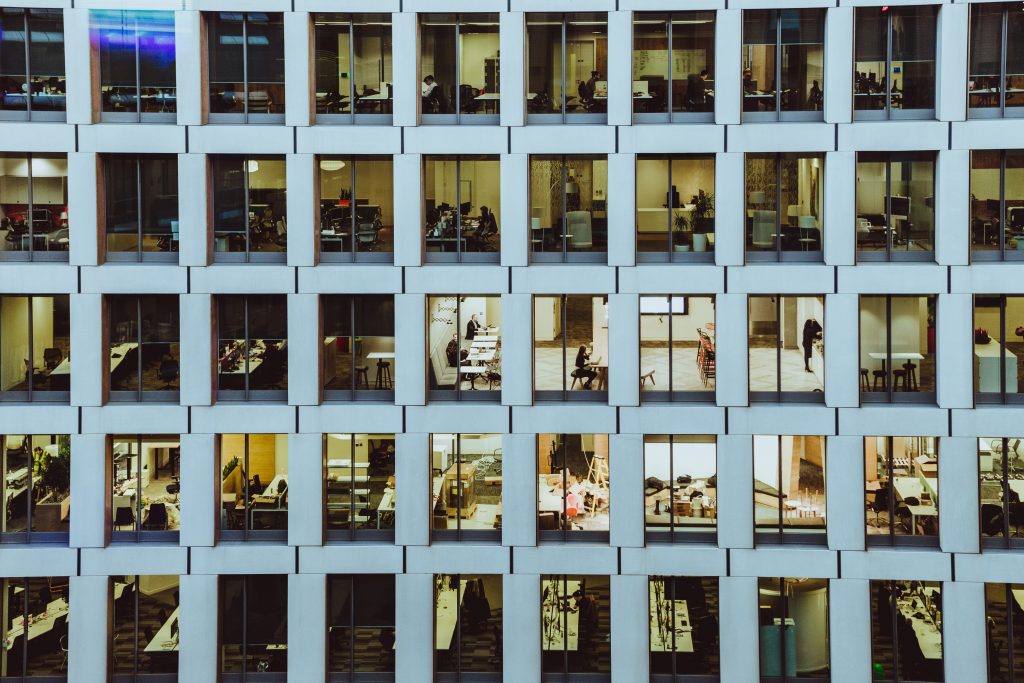
Photo by dylan nolte on Unsplash
Another example of subject matter for urban landscape photography is nature. Crowded by human-made structures, concrete, metal, and glass, nature still exists within our urban landscapes. You can check out parks and gardens, look for green balconies, or pay attention to little encounters, such as a frail flower growing in concrete.
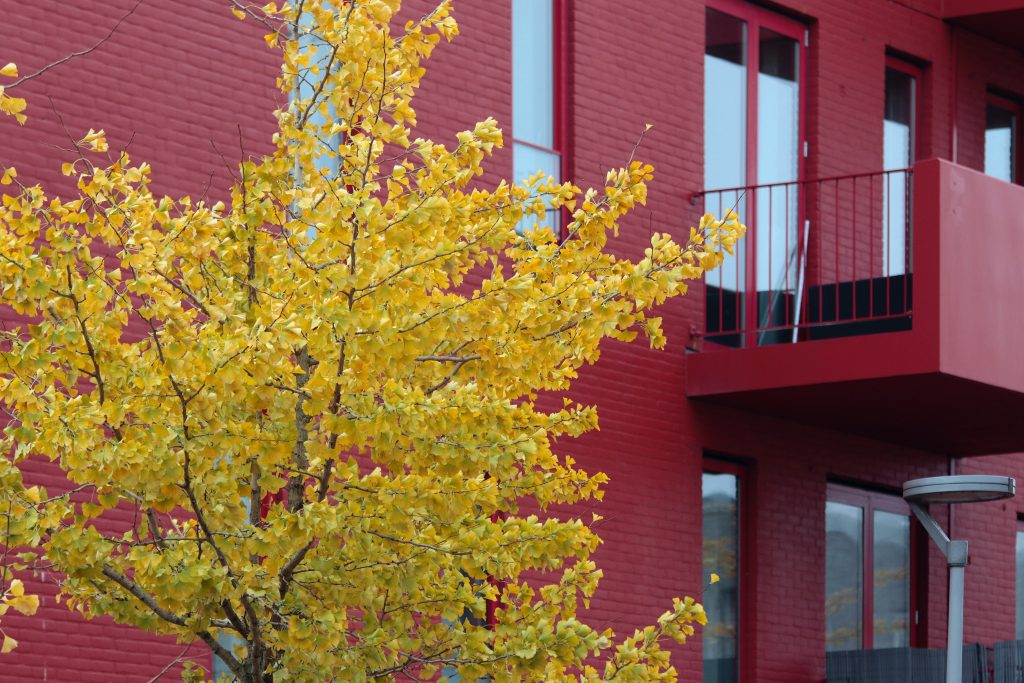
Photo by Gerrit Stam on Unsplash
Best Gear for Urban Landscape Photography
To photograph cityscapes, you need a wide-angle lens and a sturdy tripod. Being a static subject, you have time to set up the camera, find the best angle, and create long exposures. You can use any camera, even a phone camera, because they have lenses with very short focal lengths.
However, a 50mm focal length lens is a better choice if you want to capture street snapshots that include people. Use a DSLR or mirrorless camera to have the option of shooting in RAW and aim for the best image quality. A prime 50mm lens provides a natural-looking perspective (the perspective of the human eye) and allows you to frame a lot without losing details.
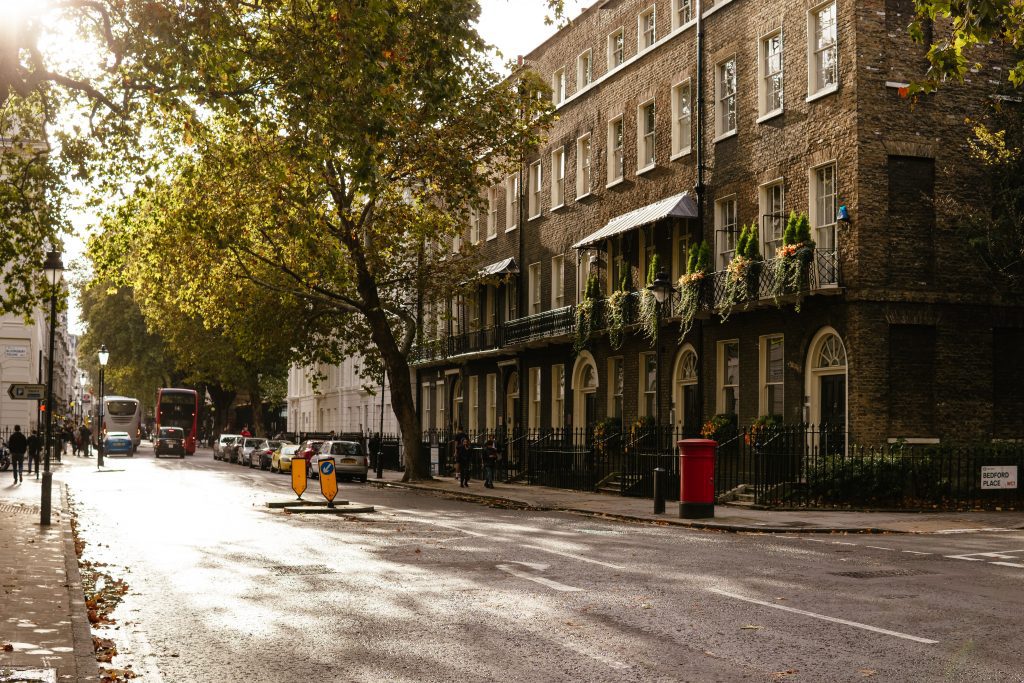
Photo by Igor Sporynin on Unsplash
Last but not least, consider adding a telephoto lens to your gear. A 100mm or 200mm lens will allow you to capture subjects that are far away from you and architectural details. Telephoto lenses also help you create smooth backgrounds when they are too busy and distract from the main subject, improve the bokeh effect, and produce stunning portraits.
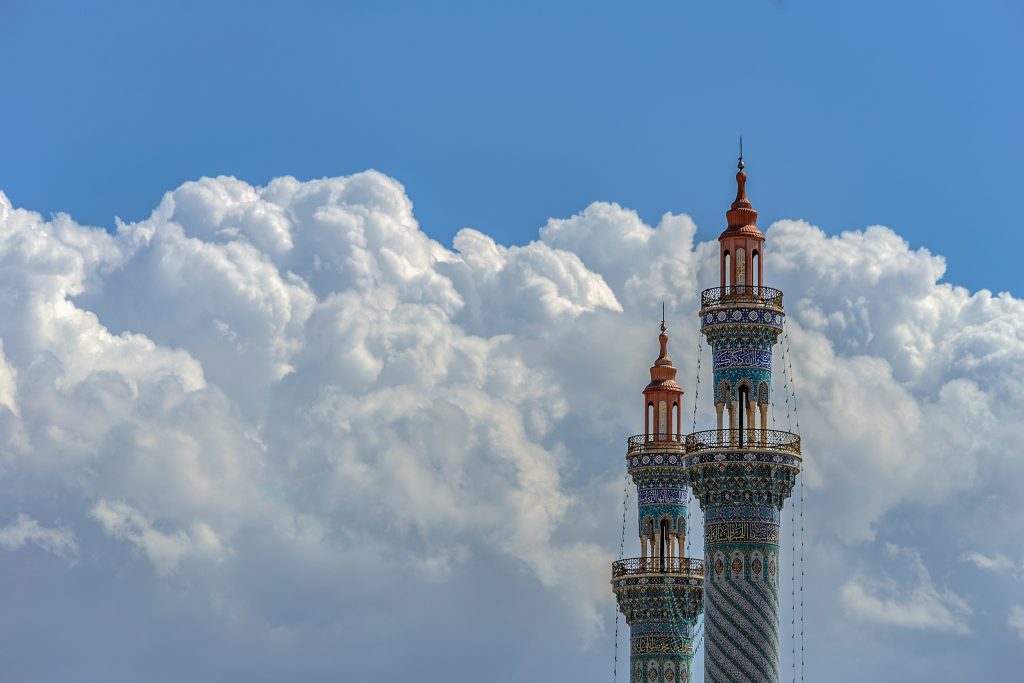
Photo by mostafa meraji on Unsplash
Conclusion
If you are a beginner, photographing urban landscapes will help you improve your technical and compositional skills. You don’t need much gear to start, and the subjects are available right outside your house. In time, you will learn whether you prefer to photograph people, nature, buildings, street life, macro subjects, or other subject matters. You may fall in love with urban landscape photography as many professional photographers did. And that’s because our urban environments are full of life, movement, and drama. There’s always something unpredictable there that deserves to be photographed.
Cover photo by Roman Kraft on Unsplash

